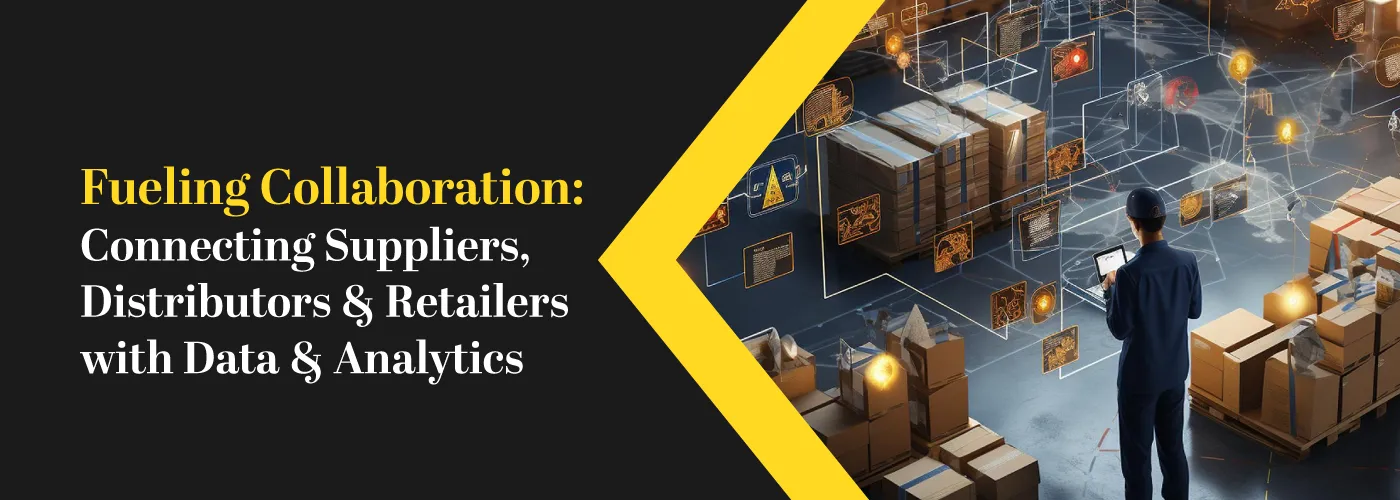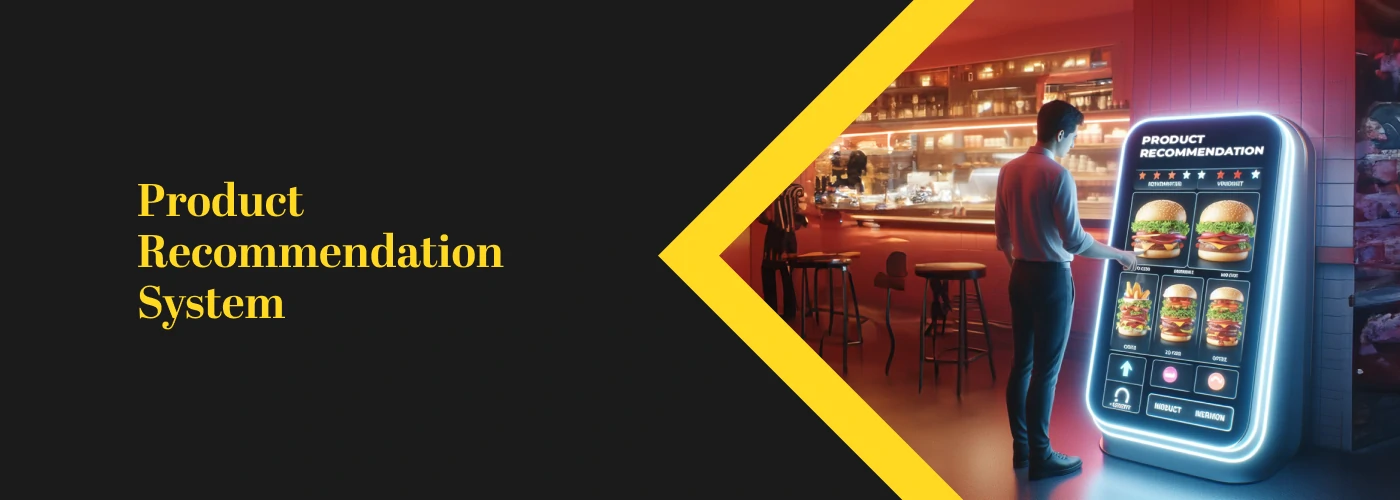Microsoft Azure Synapse Analytics: The Origin
About five years back, when a fast-paced migration to the cloud was happening in the wake of benefits from large-scale computing and data storage, Microsoft noticed a major problem from the customer perspective. There were many widespread applications offering storage, computing, and analysis but something was amiss.
These platforms were built independently and didn’t offer a way to connect, leading to wastage of time, effort and cost in learning each of the platforms and reliance on IT. Ironically, these applications were supposed to offer self-service capabilities to business users.
In the words of Raghu Ramakrishnan, Microsoft’s chief technology officer for data – “Instead of trying to add more features to each of our services, we decided to take a step back and figure out how to bring their core capabilities together to make it easy for customers to collect and analyse all of their increasingly diverse data, to break down data silos and work together more collaboratively.”
And This Retrospection Gave Rise To Azure Synapse Analytics As We Know It.
What Is Azure Synapse Analytics?
It is an extension of Azure SQL Data Warehouse (DW) with some major enhancements like on-demand query as a service. With deeper integration with other tech stacks, it allows users to securely pull data from sources such as a data warehouse, data Lake and big data analytics systems thus, speeding up the journey from raw data to business insights.
Further, the platform empowers customers to leverage pioneering technologies like Power BI, Azure Machine Learning & Artificial intelligence, the exact tech stack that is used to weather forecasts or set up intent-based search engines.
In short, it is a one-stop platform to analyse all your data without having to copy or move terabytes of data, hence furthering the self-service capabilities. Business users, with minimal technical know-how, can pull data across departmental silos.
As Rohan Kumar, Corporate Vice President for Azure Data “Let’s say an executive wants a detailed report on sales performance in the eastern U.S. over the last six months. Today, a data engineer has to do a lot of work to find where that data is stored and write a lot of brittle code to tie various services together. They might even have to bring in a systems integrator partner. With Azure Synapse, there’s no code required. It’s a much more intuitive experience.”
Azure Synapse is a limitless analytics service that boasts of extensive features (generally available or Preview) such as Provisioned Compute, Workload Isolation, Integration with Power BI, Azure ML & Apache Spark, Streaming Analytics, Hybrid Data Ingestion, Column, and row-level security, Dynamic Data Masking and much more.
You can explore it further here: https://azure.microsoft.com/en-in/services/synapse-analytics/
How Does Azure Synapse Analytics Work? – The Architecture
As described earlier, Azure Synapse brings together the enterprise data warehouse and big data analytics together, thus bringing the two worlds together and offering a unified experience to ingest, prepare, manage, and serve data for immediate BI and ML operations.
It furthers the claim by offering unlimited information analysis services across both serverless (that offers flexibility to scale up when there is a requirement for huge computation) and provisioned resource options.
So how does it work?
These are the four key components of Azure Synapse:
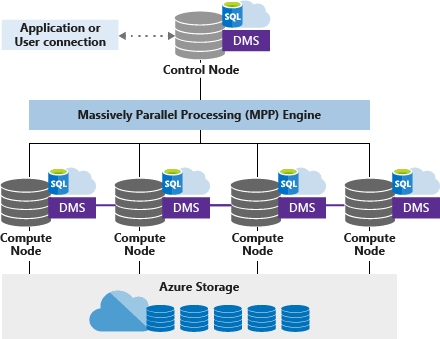
Here is a typical Synapse SQL architecture (Source: Microsoft Docs)
Here Is A Brief Description Of The Workings Of The Key Synapse SQL Components:
T-SQL: Users send Transact or T-SQL commands to the Control Nodes. T-SQL commands have several added features over SQL such as transaction control, error & exception handling and row processing.
Control Nodes: Acts as brain and the only door for entry into the Synapse SQL. It runs the MPP engine to optimize and facilitate parallel queries.
Compute Nodes: It provides the compute power as per the availability of compute nodes. The compute nodes range from 1 to 60 depending on the availed service level for Synapse SQL.
Azure Storage: Azure Synapse leverages Azure Data Lake Storage Gen2, which is charged separately depending on your storage consumption. The data here is sharded (Hash, Round Robin or Replicate) into distributions to optimize the system performance.
Why Should You Be Making Use Of Azure Synapse? - Benefits
It is a platform designed for the business to elevate its existing business transformation investment. With powerful features like full standard CSV Support to user-controlled file selection augmenting machine learning capabilities or integration with data lakes or IoT & Event Hubs for streaming, it offers all in a single platform. Security has never been a concern with Microsoft, a leader when it comes to security and privacy adherence.
If not already convinced, then you are someone who likes to talk in terms of numbers. Well here are some reports and studies to substantiate the claims:
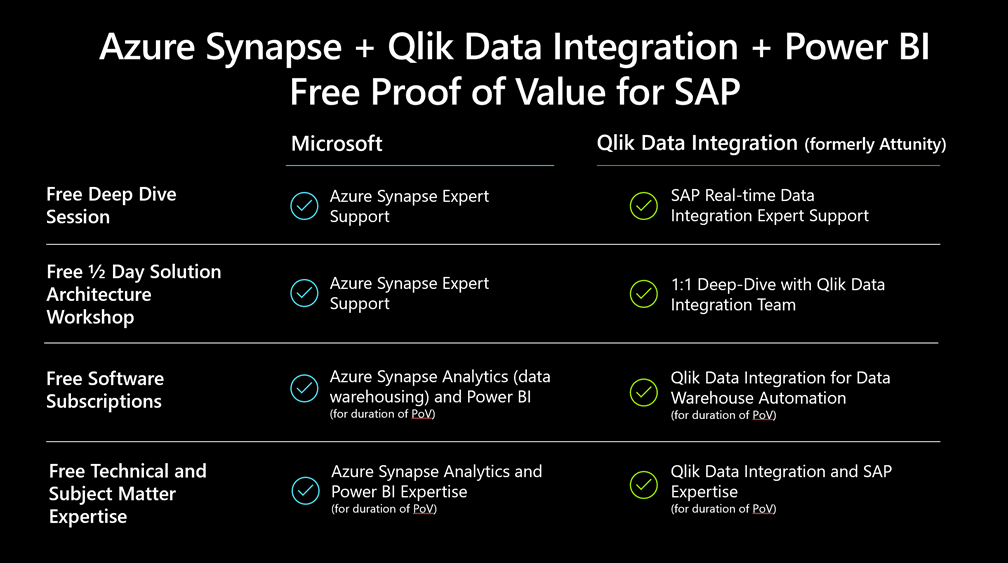
Let's look at some use cases of Azure synapse analytics for Industries
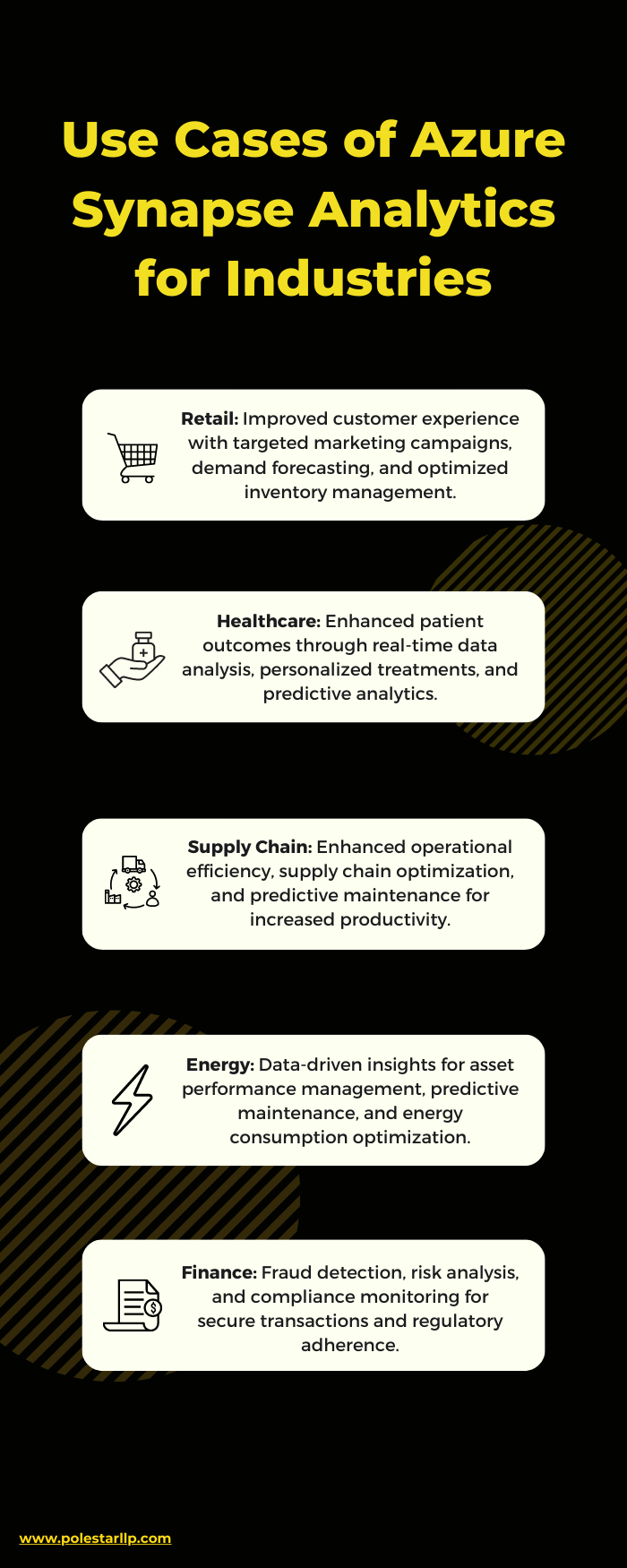
1. Retail and E-commerce
Azure Synapse Analytics enables retailers to gain comprehensive insights into customer behavior, optimize inventory management, and enhance personalized marketing strategies. It can analyze vast amounts of data from sales transactions, website interactions, social media, and loyalty programs to provide real-time analytics and forecasting for better decision-making.
2. Finance and Banking
In the finance industry, Synapse Analytics helps organizations analyze large volumes of financial data, detect fraud patterns, and conduct risk assessments. It enables accurate financial forecasting, streamlines regulatory compliance reporting, and facilitates real-time analytics for fraud prevention and detection.
3. Healthcare and Life Sciences
Azure Synapse Analytics supports healthcare providers and pharmaceutical companies in analyzing and integrating complex healthcare data. It allows for real-time analytics on patient records, medical imaging data, genomics, and clinical trial data. This helps enhance patient outcomes, streamline operations, and drive advancements in medical research and drug development.
4. Manufacturing and Supply Chain
Manufacturers can leverage Synapse Analytics to optimize production processes, improve supply chain efficiency, and reduce operational costs. By integrating data from sensors, production lines, logistics, and quality control, organizations can gain real-time insights, predict maintenance requirements, and optimize inventory levels for just-in-time production.
5. Energy and Utilities
Azure Synapse Analytics enables energy and utility companies to analyze vast amounts of sensor data from power grids, smart meters, and equipment. It facilitates predictive maintenance, grid optimization, and energy demand forecasting, leading to better resource allocation, reduced downtime, and improved overall efficiency.
These are just a few examples, that can be applied across many other industries, enabling organizations to leverage their data effectively and gain valuable insights for informed decision-making and continuous improvement.
Conclusion
By embracing Azure Synapse Analytics, organizations can position themselves at the forefront of the data revolution, driving success and achieving their business goals in an increasingly competitive landscape.
So, if you have any queries or you want to explore possibilities with Azure synapse analytics, as a Microsoft Gold Partner, we can help you get started quickly and make the most out of the available offers. Book a free session with our experts now. We will be more than happy to help.

